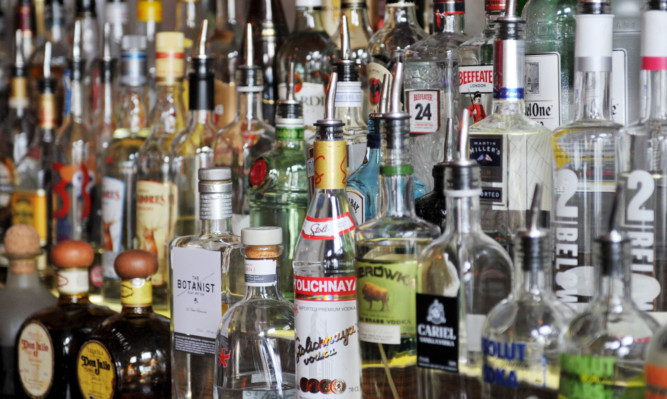People over 65 should be set lower safe drinking limits, amid growing evidence they are bingeing on alcohol, academics have said.
A team from Newcastle and Sunderland Universities has published a paper which looked into why older people are drinking at hazardous or harmful levels.
The study, published in the journal PLOS ONE, found many older people may not recognise they are heavy drinkers if they do not see themselves as dependent and, therefore, having a problem.
As part of the study, organised through Fuse, the Centre for Translational Research in Public Health, academics interviewed and held focus groups with 53 men and women aged 65 to 90. The aim was to find out the reasons why so many people in that age group continue to drink to unhealthy levels and to reveal their attitudes to alcohol.
Current recommended safe levels of drinking are 14 units a week for women and 21 for men. But many of those interviewed were blase about high alcohol intake.
One woman drank a bottle of wine every day about 63 units a week but said she did not have a problem because it did not have a big effect on her. “If somebody found me in the corner, drunk, that would probably shock me into stopping but that has never happened,” she said.
Others who were interviewed talked of having “skinfuls”, or five or six pints, and thought there was no problem with that because they did not suffer any immediate adverse effects that they linked to drinking.
Dr Graeme Wilson, at the Institute of Health and Society, Newcastle University, who led the study, said: “Many older people are drinking to a level that is having a long-term impact on their health, even if the damage they are doing is not always immediately apparent.”
Previous studies have shown drinking among older people is a worsening problem. In England, 28% of men and 14% of women over 65 now drink alcohol more than five times per week. The problem is worse in the North-East.
Heavy drinking in this age group is strongly linked with depression and anxiety and longer-term health problems.
Metabolism is slower in later life, and older people are very likely to take prescribed medicines that can interact with alcohol. For these reasons, heavy drinking can have a bigger impact on the lives of older people than the younger generation.
Dr Katie Haighton, also at the institute, said: “There is a need to develop new approaches to target the older population; for example, longer in-home support, tailored information on the risks from alcohol in later life or health workers with specific training on older people’s needs.
“We also think the Government really needs to start looking at lowering the recommended limit for alcohol consumption in those over 65.”
